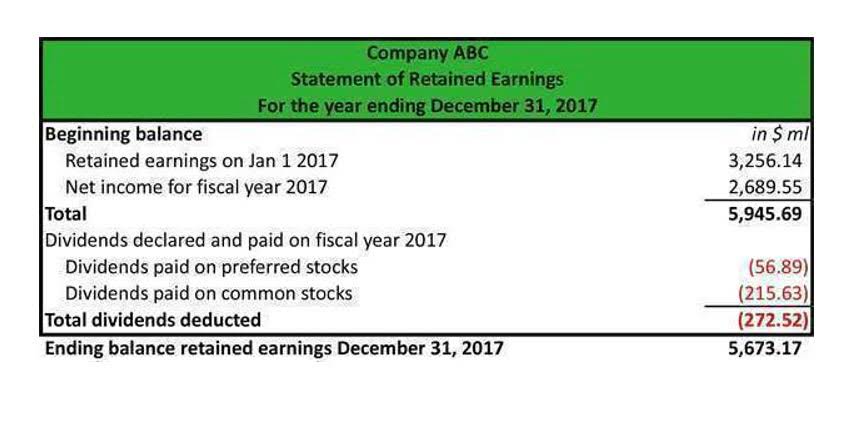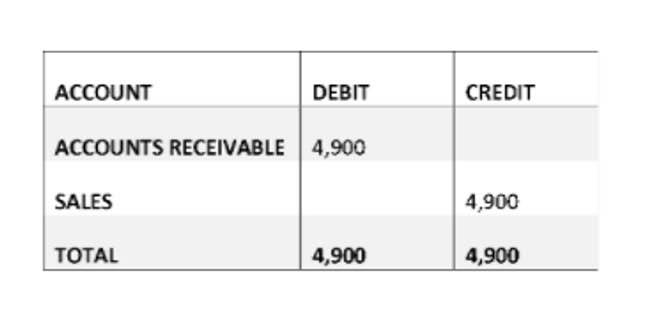What is Inventory Accounting and Why Do It?

With the rapidly fluctuating share market, inventory bookkeeping can become very shaky. Therefore, you should perform financial bookkeeping to ensure your company is ready to face any market dip. This will help you assess your financial position and prepare you for future market changes. Inventory bookkeeping determines the economic value of goods according to the production and development stage. Since assets are important for any company, inventory bookkeeping represents how much value any company holds. Therefore, one can precisely evaluate the company’s net worth with inventory bookkeeping.
- Inventory forecasting involves using historical sales data to predict future demand.
- This helps to calculate the worth of your inventory after every change accurately.
- Inventory management techniques are vital for businesses to optimize stock control and gain competitive advantages.
- Cash-basis accounting is a reasonable option for small businesses such as cafes, where the goods are paid for at the point of sale.
- Implementing ABC analysis helps businesses manage ordering quantities better by prioritizing inventory based on profitability.
- It all comes down to your inventory accounting methods, and the systems you put in place.
Tips for increasing inventory accuracy
This comprehensive guide will provide you with a deep understanding of inventory accounting, its methods, and its impact on profit and taxation. Simplified inventory bookkeeping can help companies keep a detailed record of every transactional activity. It also allows the sales and purchase department to recheck the inventory movements. If your inventory bookkeeping system shows more stock in the ledger, it can grow storage problems on different levels.
- However, the weight average method must not be used by industries with fluctuating market prices.
- Unlike a full physical inventory, cycle counting does not require operations to halt.
- This method is less commonly used and often more favorable during inflationary periods as it increases the cost of goods sold (COGS), thereby lowering taxable income.
- For example, integrating RF barcode scanning with an ERP system can provide real-time inventory tracking and control, reducing the risk of errors and improving stock management.
- It involves determining the cost of inventory, including direct costs such as materials and labor, as well as indirect costs like overhead expenses.
Weighted Average Cost (WAC)
- For finished goods, one would record manufacturing costs and adjust for sales and returns.
- Inventory reviews should be done monthly or quarterly to maintain accuracy and reduce costs.
- Incorporating tools like mobile scanners and IoT technology, automated systems improve efficiency by minimizing manual tasks and reducing errors.
- This requires meticulous bookkeeping to ensure inventory value is accurately represented in financial statements.
- This will help you assess your financial position and prepare you for future market changes.
The valuation method selected influences the balance sheet, income statement, and cash flow statement. For instance, inventory is a current asset on the balance sheet, and its valuation affects the total assets reported. A higher inventory value can suggest a stronger financial position, enhancing the company’s borrowing capacity.
Manage your inventory and bookkeeping easier
However, for manufacturers, e-commerce stores, wholesalers, or any other business that carries a lot of inventory, accrual-based accounting is the best choice. In cash-basis accounting, transactions are recorded only when inventory bookkeeping money changes hands—when you receive or pay cash. On your balance sheet, inventory is an asset because it’s expected to convert to cash (or be used up) within a year. To choose the right system, assess your specific needs—such as the size of your inventory, number of users, and required features like barcode scanning or ERP integration.

AI Agents and Their Role in Inventory Management
This method calculates the cost of goods sold by averaging the cost of all items in inventory. It is a compromise between FIFO and LIFO and smoothens out price volatility over time, leading to more stable financial reporting figures. However, Wave will likely fall short for more complex small businesses, especially those planning to scale.
Inventory Accounting: A Comprehensive Guide
A flexible inventory management system should allow for scalable features and easy integration with existing software. This ensures that businesses can manage inventory across multiple selling channels seamlessly. Implementing ABC analysis helps businesses manage ordering quantities better by prioritizing inventory based on profitability. Inventory management techniques are vital for businesses to optimize stock control and gain contribution margin competitive advantages. The choice of inventory management methods depends on business needs and the products being sold. From Just-in-Time (JIT) to ABC Analysis and Economic Order Quantity (EOQ), various techniques can help businesses manage their inventory more effectively.

- Understanding the different types of inventory management systems can help businesses select the one that best suits their operations.
- FIFO can result in higher profitability and tax obligations as older, lower-cost inventory is assigned to COGS first.
- This way, whenever you calculate the costs, the overall value of stocks must be sold before a set timeframe.
- Spot checks serve as an additional measure, providing random sampling of inventory to quickly address any discrepancies.
- Amidst all this uncertainty, there’s one thing you can take charge of – gaining a solid understanding of your financial statements and inventory items.
ERP (Enterprise Resource Planning) systems include inventory management as part of a broader suite that covers production, accounting, HR, and more. Standalone inventory software is more focused and often simpler but may lack the integration and automation ERP provides for end-to-end operations. There are benefits to using inventory management software that are specific to SME manufacturers. Inventory management is integrated directly into production planning and process control. A key feature to look for is whether the inventory control system can be integrated with the current system used. For example, spreadsheets and other inventory databases can often be easily uploaded into the more comprehensive system.

Inventory turnover ratio, an indicator of how efficiently a company manages its inventory, is derived from inventory accounting figures. A higher turnover ratio suggests effective inventory management Coffee Shop Accounting and sales processes, while a lower ratio may indicate overstocking or obsolescence. In manufacturing, bookkeeping for inventory involves tracking raw materials, work-in-progress, and finished goods.

